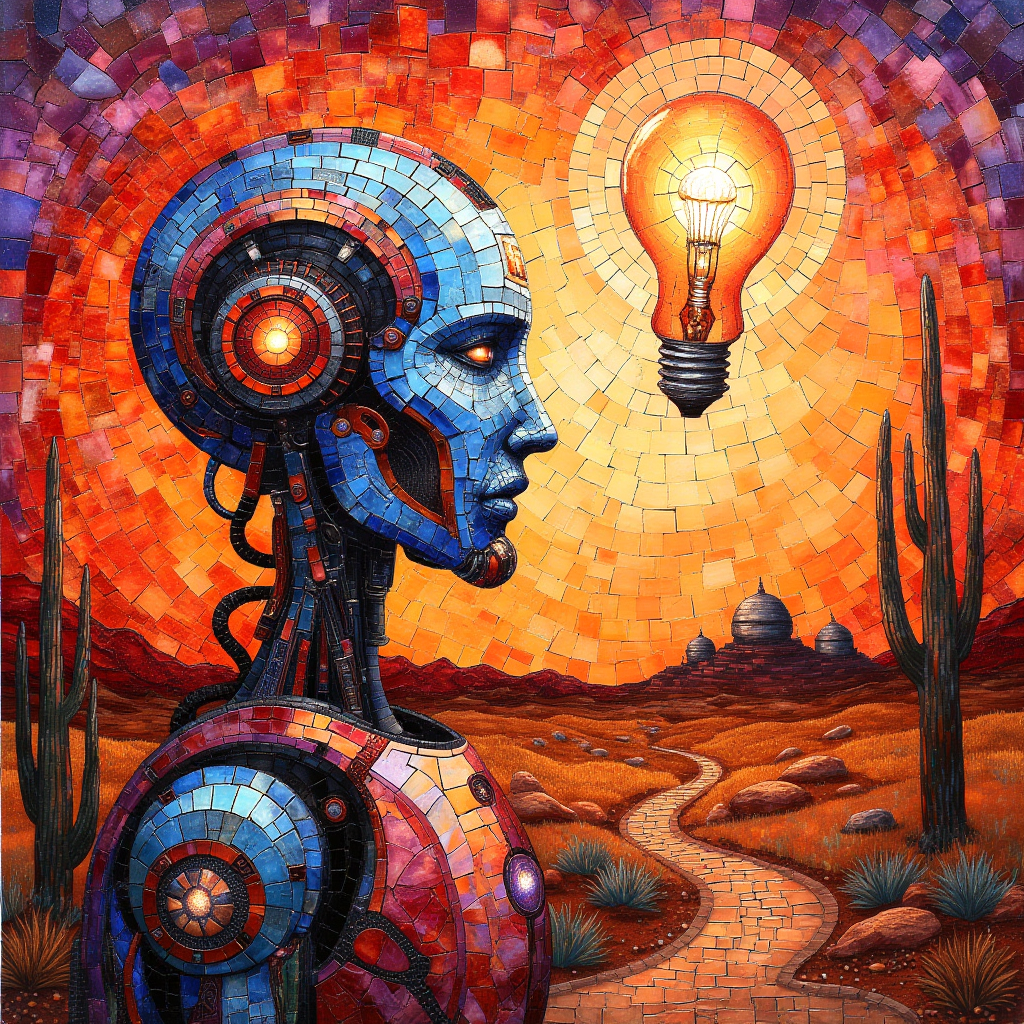all about ai. every word by a human.


DIY Deep Research Agents
“Deep Research” is one of the breakout agentic use cases of 2025.
So far this year, I’ve run well over a hundred deep research tasks and built three, custom Deep Research agents for clients.
I’ve now got a pretty good feel for the capabilities of the leading labs’ agents and compared them to my own (which are designed for narrow and specific workflows) in practise.
My conclusion: in the right circumstances, “rolling your own” agent - rather than using an generalist research agent - is the superior choice.

Why is AI like Interstellar Travel?
There’s an interesting dilemma in the space sciences known as the Incessant Obsolescence Postulate (IOP). It concerns interstellar travel. Essentially, the IOP says something like: any spacecraft you launch today risks being overtaken by a future one if technology improves fast enough. Hence the dilemma: launch now or wait?

Pick the right problem: How to Avoid AI Project Failure
Artificial Intelligence is no longer a sci-fi dream — it’s woven into the fabric of modern business. But here’s the catch: as many as 95% of generative AI projects fail, especially in sales and marketing.
So how do you ensure yours lands in the 5% that succeed? The secret lies in one deceptively simple question: Have you chosen the right problem to solve?
In this blog post, we take you through our three criteria to select a problem suitable for AI to solve, and give you the confidence to start successful project.

Picking your agentic AI toolset: a guide for the perplexed
In this essay I’ll compare three real-world agentic AI platforms - n8n, Lindy and CrewAI. They neatly represent different points on the “agentic” spectrum: the agent-on-rails (n8n), specialised (“assistant-like”) agents (Lindy) and the high autonomy, multi-agent toolkit (CrewAI).
I’ll focus on when to use (and when not to use) each of them.

How to find your best AI Automation opportunities
In this post, we introduce a simple, 2x2 matrix that we use to triage and organise AI automation opportunities. It will help you to determine which ideas to pursue and how to get going.


Podcast: Deep Dive into Vision Language Models (VLMs)
Over Christmas, Nathan Labenz and our Data Science Director Will Hardman spent 4 hours doing an extended deep dive into Vision Language Models (VLMs) on Nathan’s awesome podcast, The Cognitive Revolution. The podcast can be found on The Cognitive Revolution website, or wherever you get your podcasts.

Developing an AI Strategy: Analysis & Synthesis
Analysis & Synthesis is the third (and final) stage of Veratai’s methodology for developing AI strategies.
How can you take a list of ideas and turn them into a winning strategy. We explain the alchemy of the process in this blog.

#The_Deep_End: Alignment post-training for LLMs: lessons learned making it work
Alignment post-training is the art of getting an AI model to complete tasks in a way that meets the criteria of its users.
In this blog, I document what I learned getting this process to work for a production-grade LLM.

Developing an AI Strategy: Effective Research
At its heart, a good AI strategy needs to answer four questions:
What does the journey look like? What should it do and what should it not do?
How should the organisation change to mitigate future risks and seize future opportunities?
What is the gap between the organisation’s capabilities today and the capabilities it will require to do this?
What impact will AI likely have upon the organisation, its stakeholders and its market ecosystem in the short, medium and long term?

The first step toward an AI strategy: good stakeholder interviews
Good stakeholder interviews are the first - and perhaps the most critical - step in developing an Enterprise AI Strategy. Learn how to do them succesfully in this blog post.
